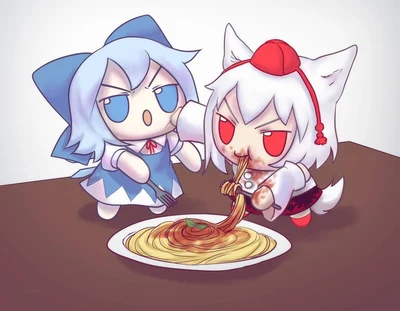- 75
- 96
/r/Piracy thread on Animesuge
https://old.reddit.com/r/Piracy/comments/1f27nvi/animesuge_is_also_gone/
/r/Animesuge funeral threads 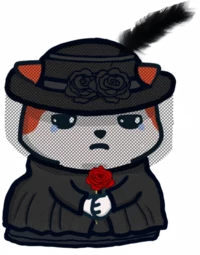
https://old.reddit.com/r/AnimeSuge/comments/1f2j8uw/goodbye/
https://old.reddit.com/r/AnimeSuge/comments/1f25iro/rip_animesuge/
https://old.reddit.com/r/AnimeSuge/comments/1f25r95/rest_in_peace_animesuge/
/r/Aniwave funeral threads 
https://old.reddit.com/r/aniwave/comments/1f2bgkj/this_is_the_end_of_the_road_goodbye/
https://old.reddit.com/r/aniwave/comments/1f25phs/its_over/
https://old.reddit.com/r/aniwave/comments/1f25hy3/well_boys_its_gone_any_good_replacement_sites/
The list of sites that were shutdown.
There's a lot of gloating on /a/  because it's filled with torrentcels who hate streamkeks
because it's filled with torrentcels who hate streamkeks  .
.
https://desuarchive.org/a/thread/270376507/#270376507
Many are speculating that it's because they uploaded recent leaks of anime that haven't aired yet (Dandadan, Ranma 1/2 remake).
- 6
- 33
- 7
- 31
This says a fricking lot about the fricking society of the fricking tower
- 35
- 52
W związku z wieloma pytaniami w tej kwestii - przygotowaliśmy serię produktów z Katarzynką, które będzie można u nas nabyć w formie "cegiełki na legion". Marża ze sprzedaży gadżetów będzie przeznaczona na zakup sprzętu taktycznego dla nowych legionistów.
— Ostatni Legion (@OstatniLegion) August 22, 2024
(1/3) pic.twitter.com/f7cVcgWUNJ
- 62
- 30
- 2
- 18
- 4
- 8
— snoozy 🦭🎀 【SVA】 (@snoozychu) August 23, 2024
- 4
- 16
WHY IS THAT GROWN MAN WITH A PACIFIER https://t.co/yAsBqveiz6
— rion 🇻🇪 (@peronyawns) August 22, 2024
If you don't know that guy is one of the best characters in One Piece. A great character subversion ngl.
- 7
- 17
I’m solving the anime convention odor crisis pic.twitter.com/1NppysfXfR
— jennie🌷 (@maobabie) August 23, 2024
- 12
- 14
 oh boy this OP rocks
oh boy this OP rocks
MANY YEARS LATER
 oh boy lemme see what Icesnort cooked up this Christmas
oh boy lemme see what Icesnort cooked up this Christmas
 this is pretty neat but it sounds weirdly familiar, I wonder what the original is?
this is pretty neat but it sounds weirdly familiar, I wonder what the original is?
 huh weird once more this is weirdly familiar, supposedly this is an old YTMND meme but I never used YTMND
huh weird once more this is weirdly familiar, supposedly this is an old YTMND meme but I never used YTMND
MONTHS LATER (LITERALLY TODAY)
 I'm bored, I'm going to hum Japan Break Industries
I'm bored, I'm going to hum Japan Break Industries
 Huh wait a second why am I singing Romantic Summer now?
Huh wait a second why am I singing Romantic Summer now?
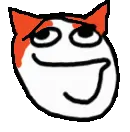 No... it can't be....
No... it can't be....
__________________________________________________________________________________________________________________________________________________________________________
I feel betrayed. I'm hurt, I don't even know what to do anymore. I think I'm done listening to anime soundtracks FOREVER. I'm just going to listen to YouTube mashups, since they can at least be honest about where they steal their tunes from.
This is "It's Pizza Time!" but in the Donkey Kong 64 soundfront, isn't it awesome?
- 2
- 20
- 57
- 33
Still like manga but have given up two animes I read manga of recently within first episode cause it felt boring given I already knew the story.  I already don't like any other media much what will I consoom now?
I already don't like any other media much what will I consoom now? 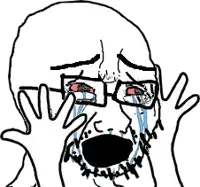
- DickButtKiss : Shoutout James Corbett btw, dudes a legend
- 189
- 114
Every post and reply is a goldmine of salt (and solid recomendations) so I'm just going to repost the ones that stand out the most to me.
Dumb tweet, but so many mangaka nowadays are miserable and regurgitate right-wing garbage all the time https://t.co/laD0FOvybh
— herusolares (@strugglesm7m) August 12, 2024
Spy X Family starts off in the line of fire, proving the allegations correct. 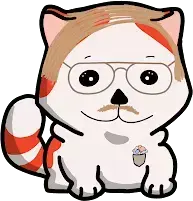
Apparently they are suprised a manga about a blonde haired, blue eyed nazi  is anti communist
is anti communist 
 Not simping for the WEF and the corpos running the internet is an alt right take. And somehow shocking from the guy who made an anime against the technoptimists of the 90s.
Not simping for the WEF and the corpos running the internet is an alt right take. And somehow shocking from the guy who made an anime against the technoptimists of the 90s.
The straights are NOT alright either
Homo manga isn't safe either... without naming any names.
Even my boy Kumeta falls into the line of fire 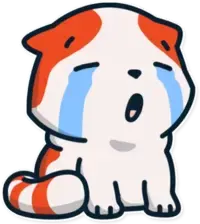
- 2
- 12
- The_ACA : not Marsey
- Lil-Jolly-B : i hate anime - Lil B
- 50
- 24


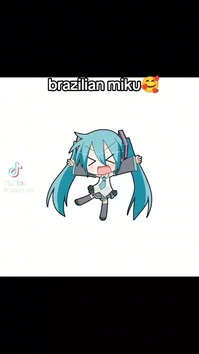
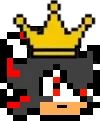




 but Aniwave(9anime), Animesuge and a few other major anime
but Aniwave(9anime), Animesuge and a few other major anime  streaming sites
streaming sites  have been shut down.
have been shut down.



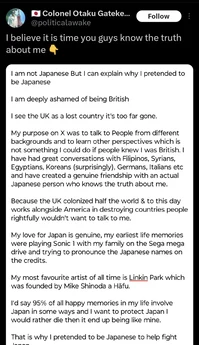


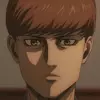

 Hypermuscular Hindu Hridaysamrat
Hypermuscular Hindu Hridaysamrat 
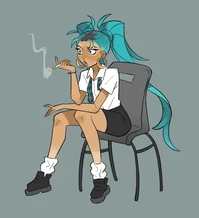




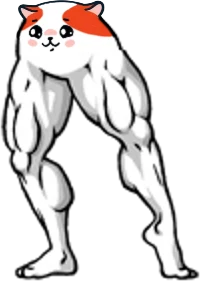





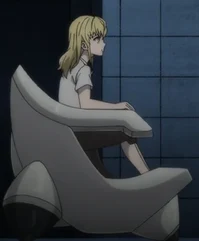
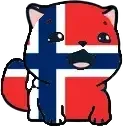






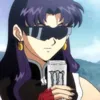
.webp?h=8)
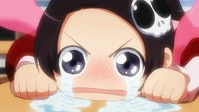







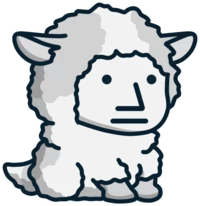

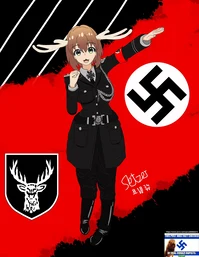

 TWENTY-FIVE SNAKES POUR OUT YOUR EYES
TWENTY-FIVE SNAKES POUR OUT YOUR EYES 




 BRUM
BRUM 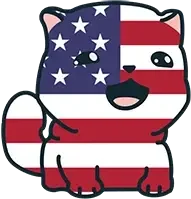





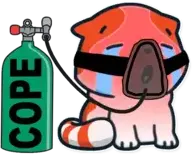

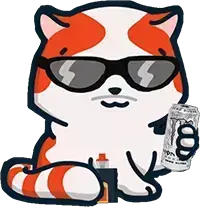



 are apparently dying and /a/utists
are apparently dying and /a/utists 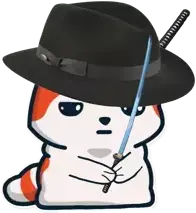 celebrate. They're also claiming it's because webtoons clamped down on piracy
celebrate. They're also claiming it's because webtoons clamped down on piracy  .
.




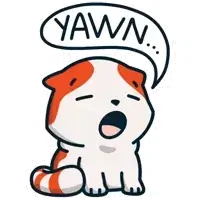


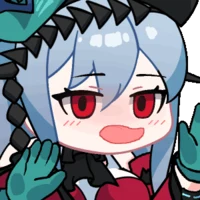
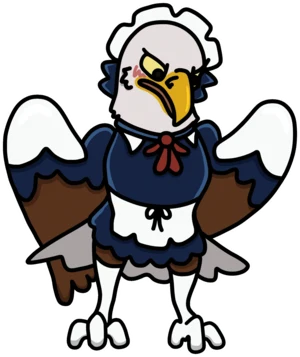

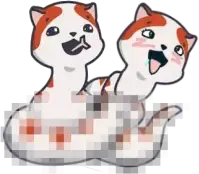

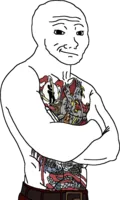 show) plagiarized its OP and nobody ever bothered to tell me this
show) plagiarized its OP and nobody ever bothered to tell me this 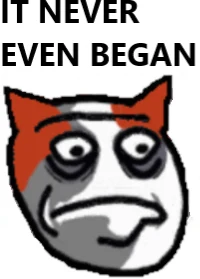
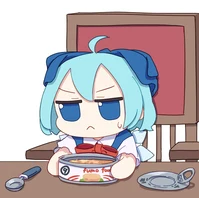




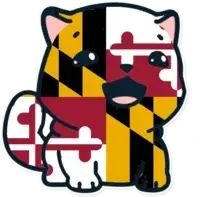

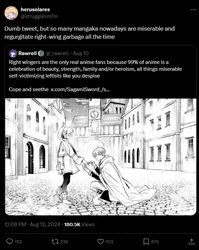















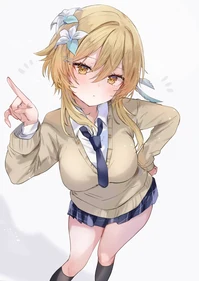
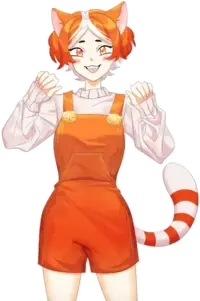 Post 156
Post 156
 watch
watch  a lot this week, started 'Shojo-Mangaka Nozaki-kun', is okay so far but barely any romance unfortunately. I also started 'beast tamer', very basic
a lot this week, started 'Shojo-Mangaka Nozaki-kun', is okay so far but barely any romance unfortunately. I also started 'beast tamer', very basic  isekai
isekai 